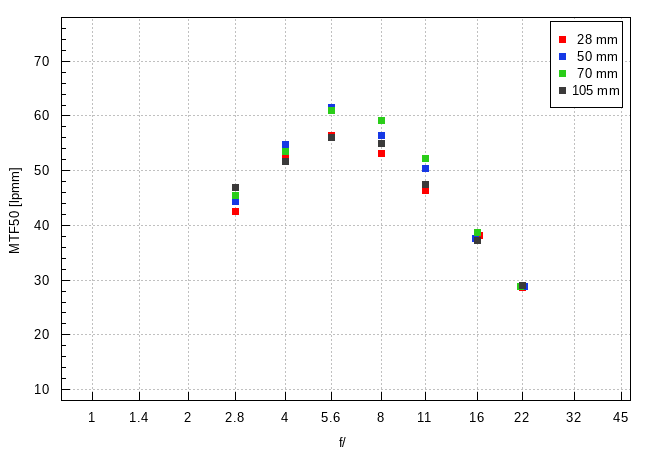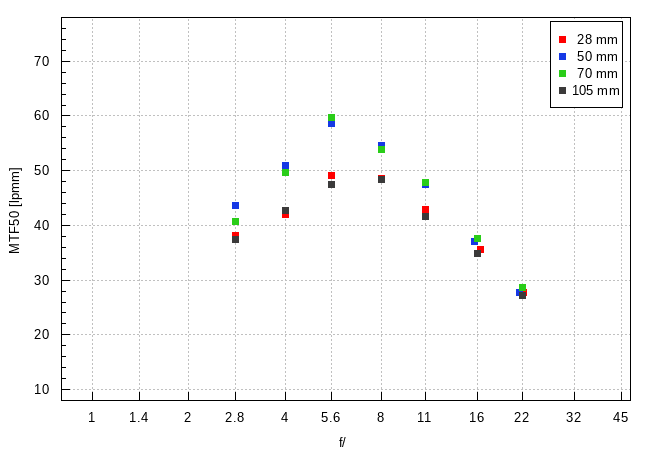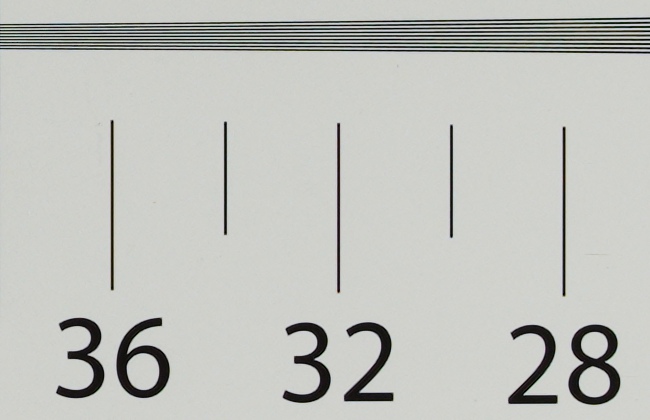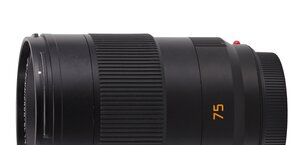Sigma A 28-105 mm f/2.8 DG DN
4. Image resolution
Let’s check how the tested Sigma A 28-105 mm f/2.8 DG DN compares here. A graph below presents the results in the frame centre, at 28, 50, 70 and 105 mm focal lengths.

The performance here is quite even, especially in the 50-105 mm range. The shortest focal length is able to reach the highest values that, on stopping down, exceed an impressive level of 70 lpmm. If you think this value is nothing to crow about please remember that we deal here with a zoom lens with very original parameters so, taking into account all these factors, everything looks very well. Especially that at every focal length, even the maximum relative aperture is able to deliver images of high quality.
Please Support UsIf you enjoy our reviews and articles, and you want us to continue our work please, support our website by donating through PayPal. The funds are going to be used for paying our editorial team, renting servers, and equipping our testing studio; only that way we will be able to continue providing you interesting content for free. |
- - - - - - - - - - - - - - - - - - - - - - - - - - - - - - - - - - - - - - - - - - - - - - - -
Still higher maximum results are impossible because of spherical aberration that is especially keenly felt in the middle of the focal range. We are going with this topic in the next chapter.
Now let's check the resolution on the edge of the APS-C sensor – an appropriate graph can be found below.

Once again you don't see any big differences between particular focal lengths although the highest values you can observe in the middle of the focal length, where we reach a really good level of over 60 lpmm.
This time also maximum relative aperture doesn't provide us any reasons to worry because at practically every focal length the results remain decent at least.
The biggest challenge for this type of construction is, of course, the edge of full frame. Let's check resolution levels in that place.

In this case the difference between the middle that fares the best and weaker edges of the range is more pronounced. What's more, on both ends the results presented at the maximum relative aperture are right under the decency level. Fortunately just a very slight stopping down of the aperture to near f/3.5 makes the image quality quite sensible.
To sum up you can say that Sigma didn't manage to guarantee a high image quality across the whole focal and aperture range and across the frame. Still, only on both edges of focal range you can notice a small compromise and only at the maximum relative aperture – the performance on the very edge of the full frame detector leaves a bit to be desired. Taking into account the scale of difficulties, with such original parameters of the tested lens, this flaw is not especially big. At the end of this chapter we present crops taken from our testing image in the frame centre. It’s worth remembering that those are JPEG files (with the lowest sharpening level applied) saved along RAW files, used for the analysis presented above.
| A7R IIIa, JPEG, 28 mm, f/5.6 |
 |
| A7R IIIa, JPEG, 105 mm, f/2.8 |
 |






